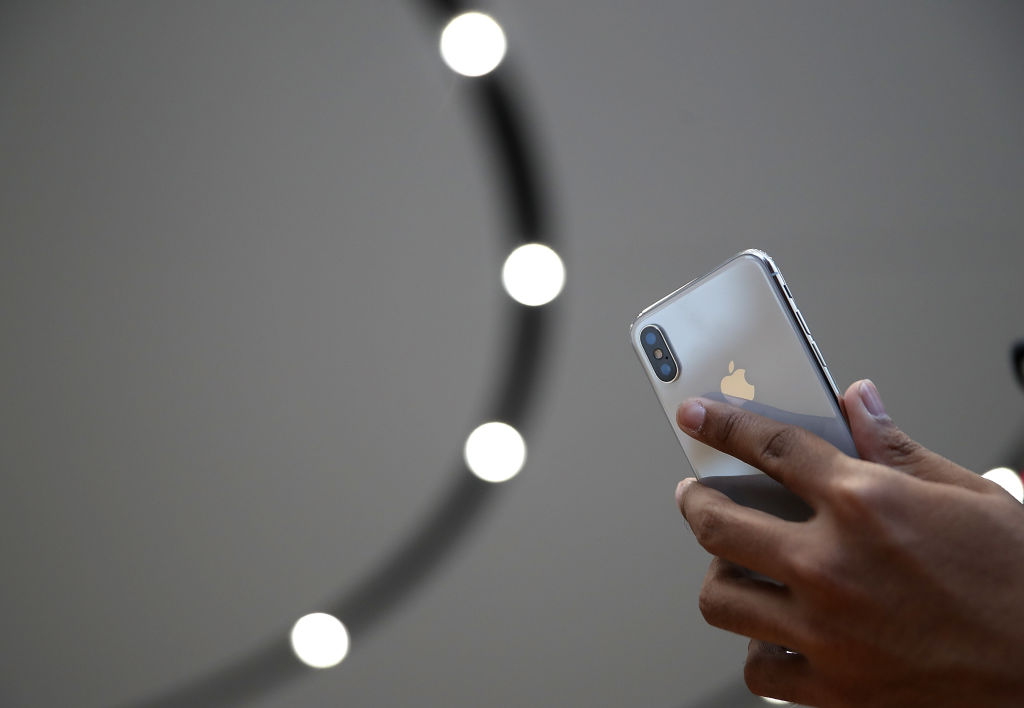Downloading a new operating system update for your phone can involve changes small or large, depending on the update. Some might patch software that’s otherwise invisible to most users; others can make profound changes in the user interface. But whatever the scale of these updates, they have one thing in common: they can’t add or remove physical features to your phone’s hardware.
At least, that’s been the case up until now. But a new article at The Verge explores how this might be changing, beginning with iOS 14. The article, by Chaim Gartenberg, discusses a new feature that debuted in iOS 14: Back Tap.
Described at something that “blurs the line between hardware and software,” Back Tap is exactly what it sounds like — a feature which allows users to associate certain actions with double- or triple-tapping the backs of their phones. Apple isn’t the only company looking into such features; Gartenberg writes that Google had explored a similar update for Android 11, though it ultimately wasn’t included.
Making a smartphone respond to input from a place other than the touchscreen feels like a bold decision, though it’s also entirely of a piece with other developments in interface design — from shaking a phone to enable certain features to the increasing number of gestures a phone can respond to. The buttons and touchscreen on a smartphone may be the primary ways with which you interact with it, but they’re increasingly far from the only ones.
Thanks for reading InsideHook. Sign up for our daily newsletter and be in the know.
